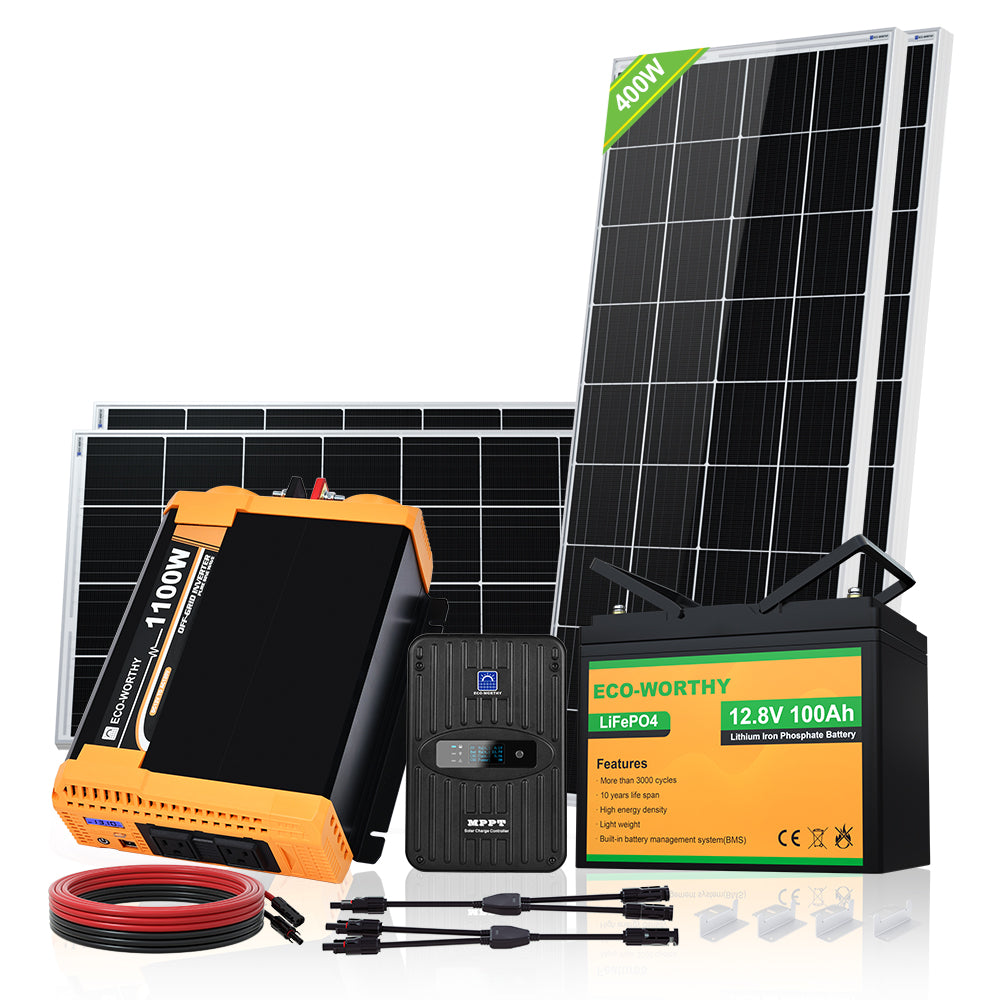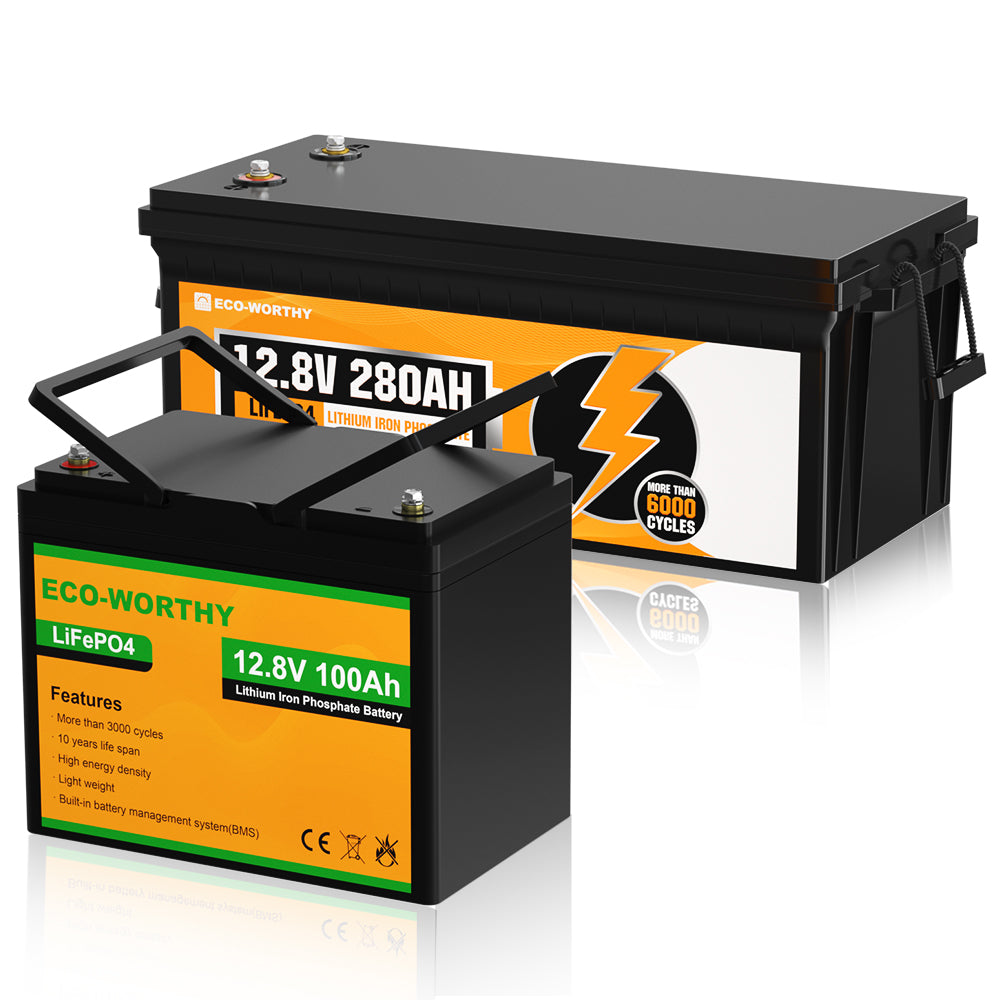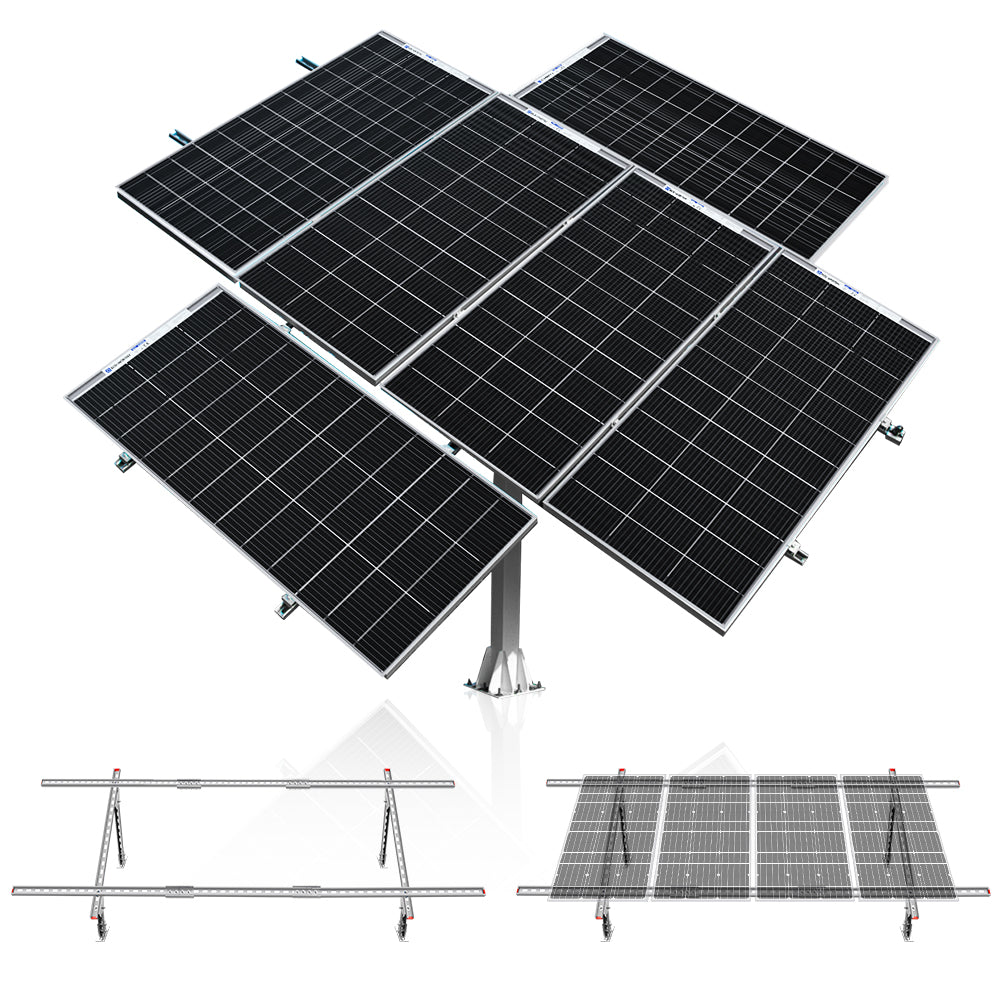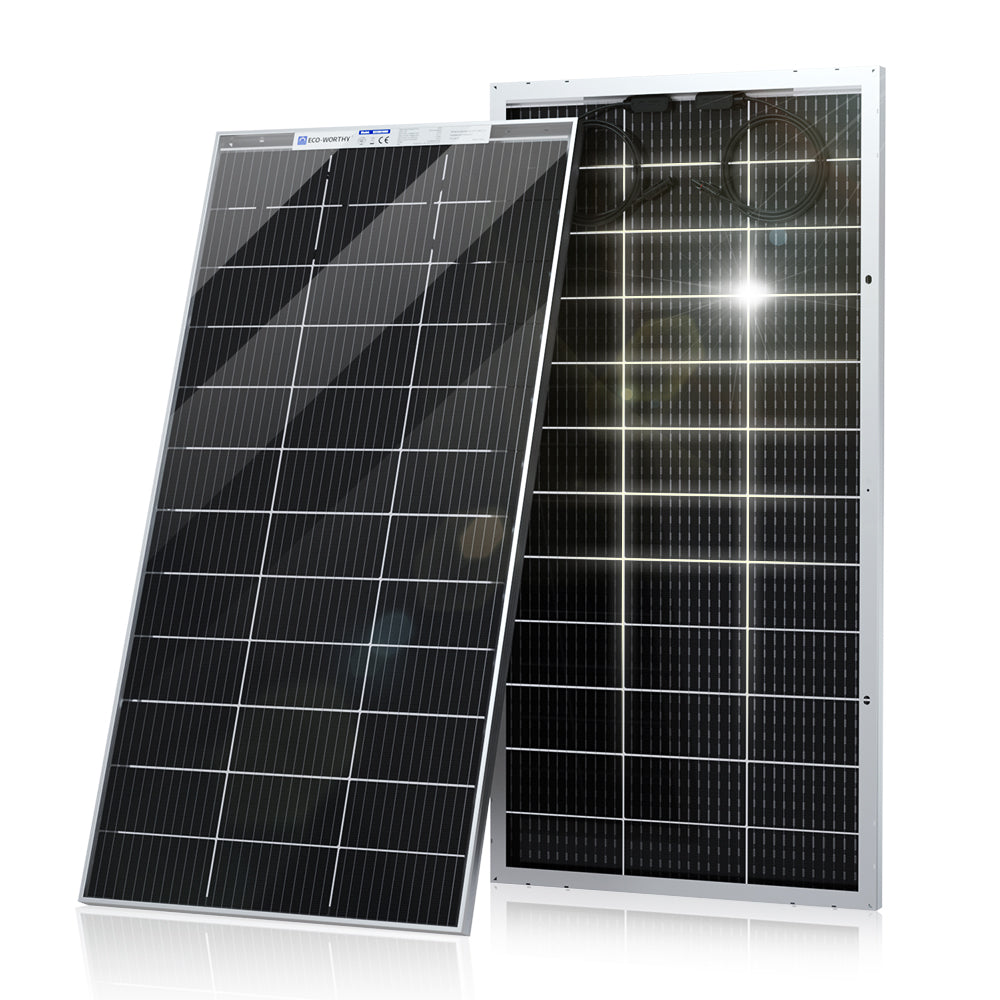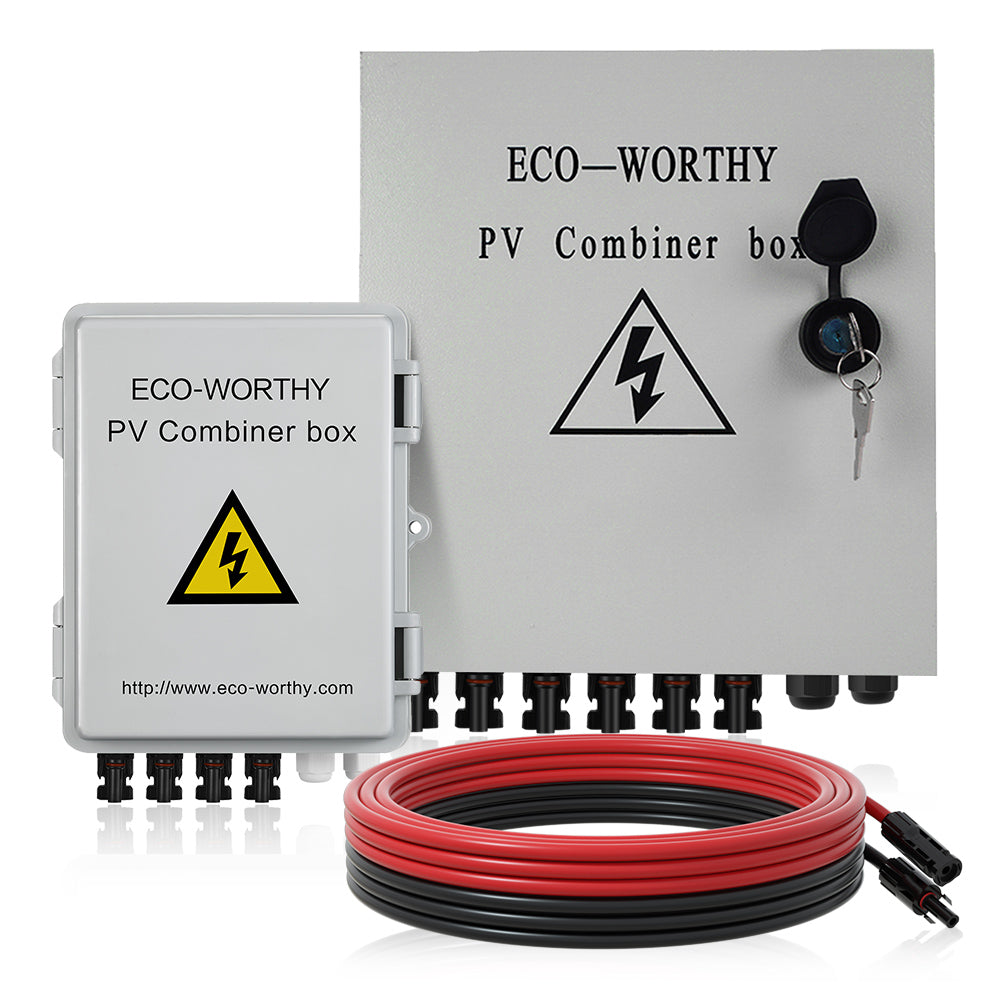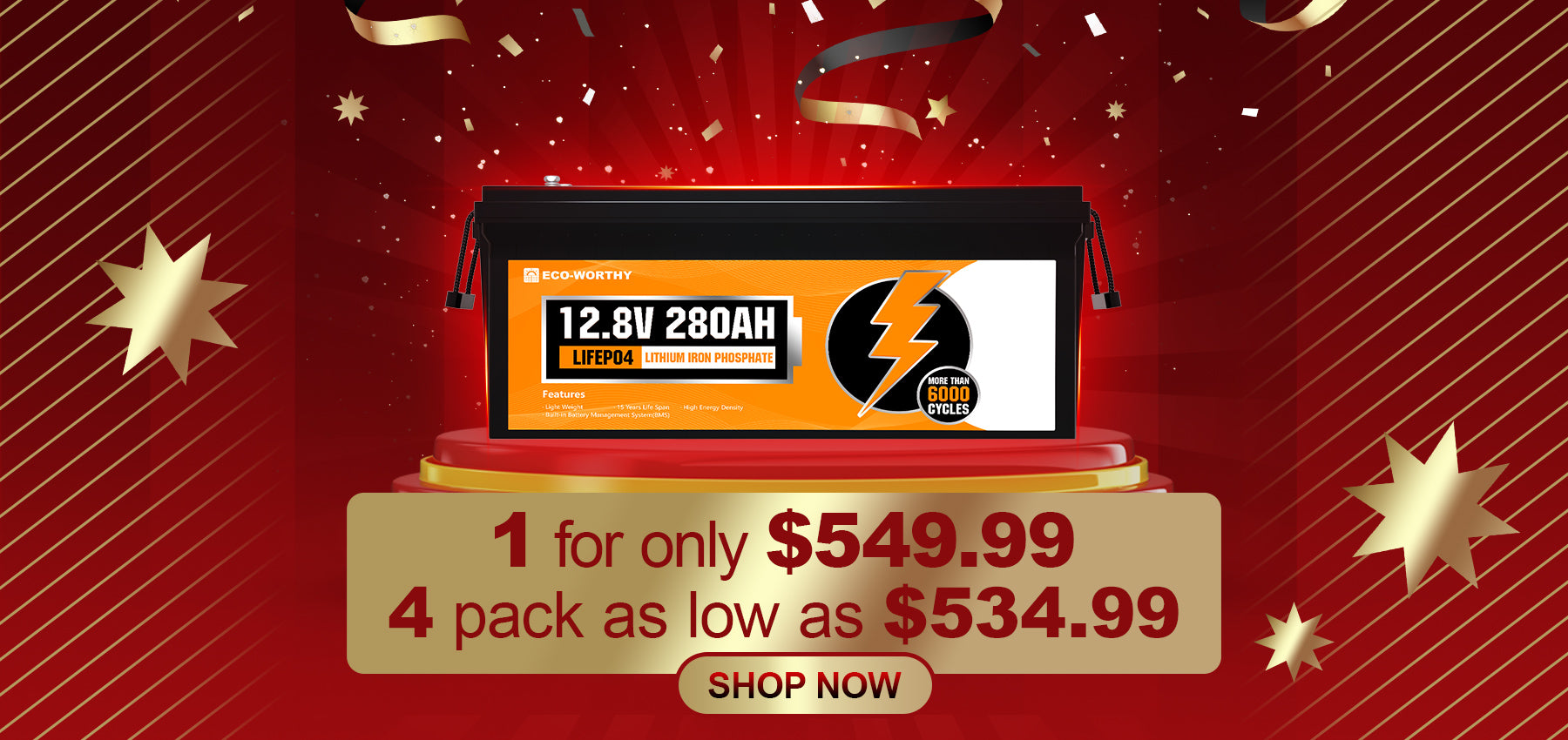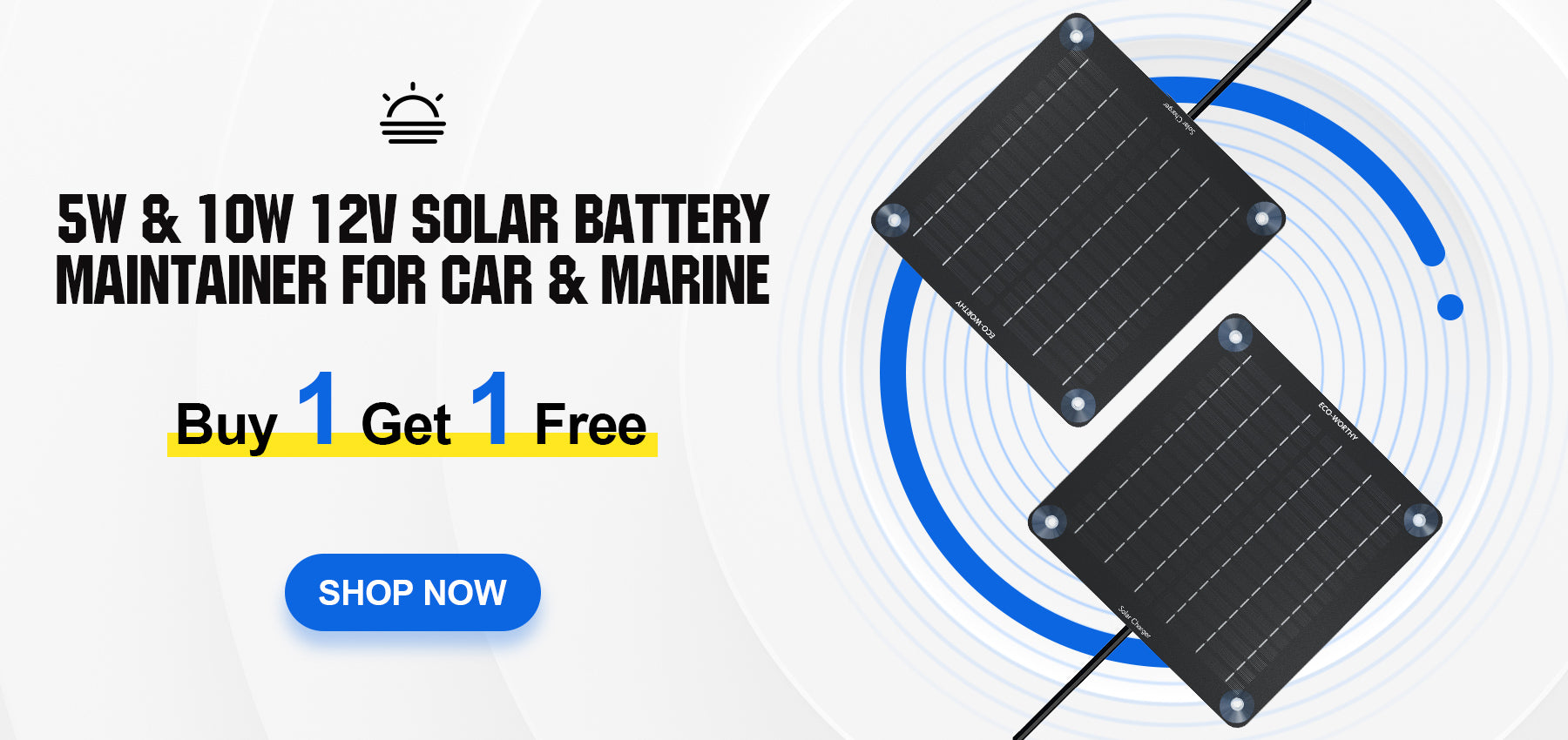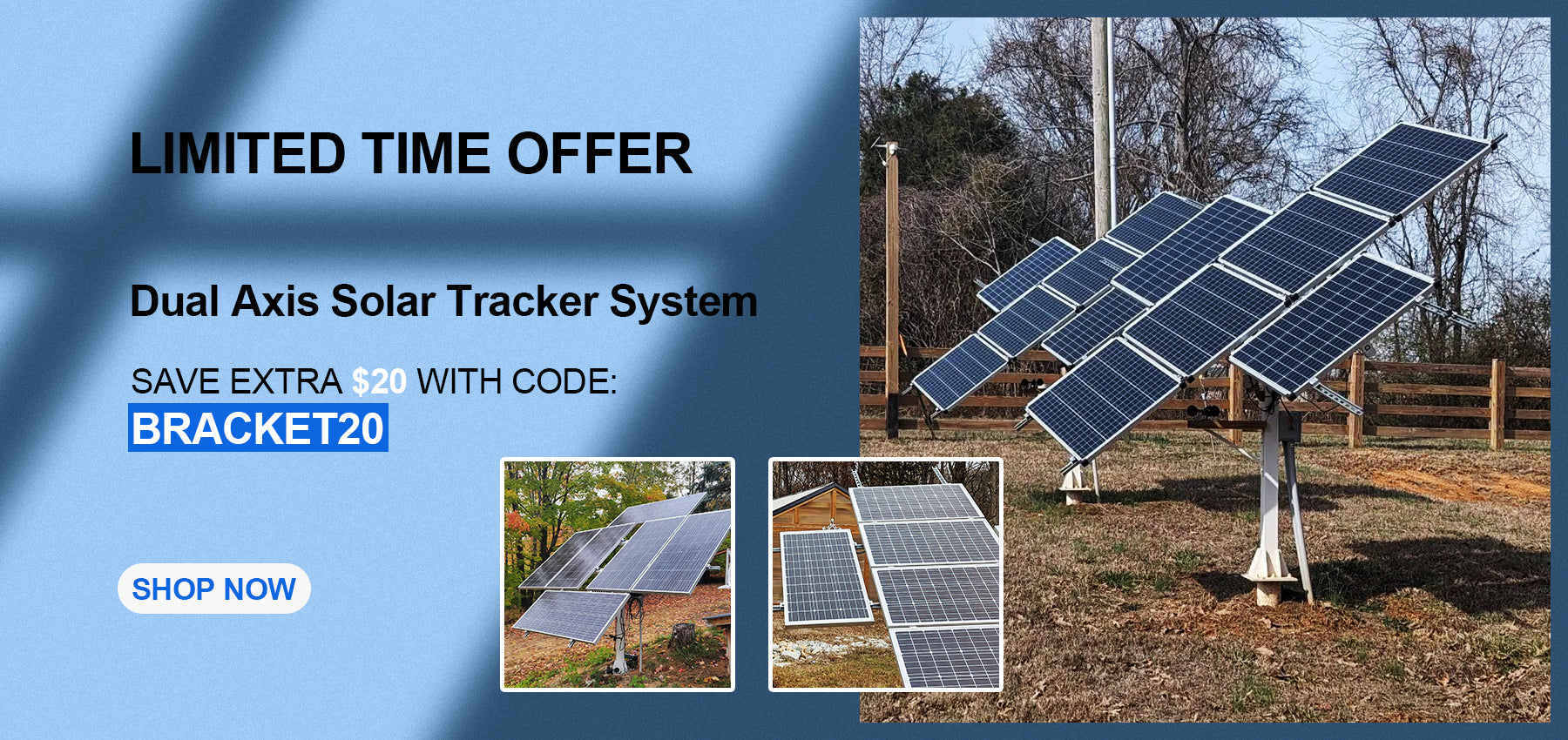
3 Things You Must Know Before Switching Lead Acid to LifePo4
What should I do if the RV or boat's lead-acid battery pack suddenly stops running? Can I replace lead-acid batteries with lithium batteries?
The answer is YES, you can definitely replace lead-acid batteries with lithium batteries in marine and RV applications. Lithium iron phosphate batteries have high energy density and weigh only 1/3 of lead-acid batteries. It can support the RV and boat for longer mileage. Discharging lead-acid batteries below 50% will shorten battery life, but lithium batteries will not. There are 3 things you must know before making a decision.
NO.1 Which battery pack will meet my needs? 12V or 24V
12V Battery Pack
Because lamps, fans, USB plugs and other RV equipment are equipped with 12V DC power supply as required. If you choose 12V lithium batteries, your current 12 volt devices will work just as well as they did before the replacement and you do not need to change the wiring.Additionally, 12V systems are smaller and take up less space than 24V systems.
24V Battery Pack
24V battery packs offer several advantages over 12V systems in certain aspects. On one hand, 24V systems are able to use thinner gauge copper wire, reducing wiring costs by nearly 50% compared to 12V systems. (According to Ohm's law, the higher the voltage, the lower the current intensity in the wire. The lower the amperage, the thinner the wire and you won't experience any overheating or voltage drop on the wire.)
On the other hand, 24V systems are more efficiency. The higher the voltage, the lower the current, which means less heat is generated and less power is wasted. 24V is also a good idea if you plan on using a large inverter to provide AC power to your camper. As a reminder, if you choose a 24V system, you may need a 24v-12v step-down converter to keep things like lights, fans, and water pumps running.
NO.2 Upgrade Your Charging Components
1. Battery Charger
Can I use a lead-acid battery charger to charge lithium battery?
To protect and extend batteries lifespan, we recommend to use a charger made specifically for lithium batteries.
Due to the large internal resistance of lead-acid batteries, lead-acid battery chargers increase the charging voltage by about 5% during constant current charging. This means you choose a higher voltage charger to charge the lithium battery. At the same time, lead-acid battery chargers are generally set to two-stage or three-stage charging modes, which cannot provide the continuous voltage and current required by lithium batteries. While lithium batteries chargers can offer stable current during charging and then will auto cut off the power when batteries are fully charged.
Can I use a lithium battery charger to charge lead-acid battery?
If you use a lithium charger on a lead-acid battery, it will provide a constant voltage to the battery over a long period of time. This may leave the battery charged below its normal capacity and shorten the battery's lifespan. You may be able to do this in an emergency. Or you have to control the charging time and monitor the voltage accurately at all times, which is difficult to achieve. Therefore, it is best to use the right charger.
2. DC-DC Charger
A DC-to-DC battery charger is a device that uses the charging current from the vehicle's alternator to charge the battery while driving. DC-DC chargers are often the first choice for charging lithium batteries because they provide stable and controlled charging. With the adjustable voltage and current settings, you can charge lithium batteries safely and efficiently. It is recommended to choose the DC-DC charger matches your vehicle's electrical system. For example, if you have a 12-volt system, you should choose a 12-volt DC-DC charger.
3. Solar Panel Kit (Solar Panel and Controller)
Most solar charge controllers today come pre-programmed for LiFePO4 charging mode. All you have to do is replace the batteries and set the solar controller to lithium/lithium iron phosphate charging mode.

(Taking a 12V lithium battery as an example, these are the charging methods.)
NO.3 Upgrade other components (optional)
1. Battery Monitor
Because lithium batteries don't have a linear voltage curve with decreasing capacity like lead-acid batteries, battery capacity cannot be easy estimated just by checking the voltage. A shunt-based battery monitor is a great tool so you can know exactly how much power is being charged and discharged. It can also monitor the power consumed by each device.
2. Inverter
If you plan to power new appliances, you might consider upgrading your inverter. Since this will increase electrical load demands, your existing inverter and batteries may not be sufficient to support the new equipment. If the inverter is overloaded, it may burn the inverter and cause a power outage, or shorten the life of the appliance. For example, if you want to power a 1500W load, a 1500W inverter may not be enough. Most of the time, a 1500 watt inverter will run a variety of loads and will not reach its peak capacity. Therefore, please choose an inverter with a higher load range.

